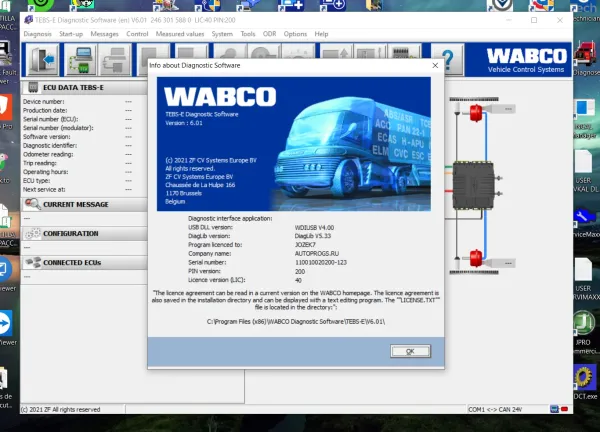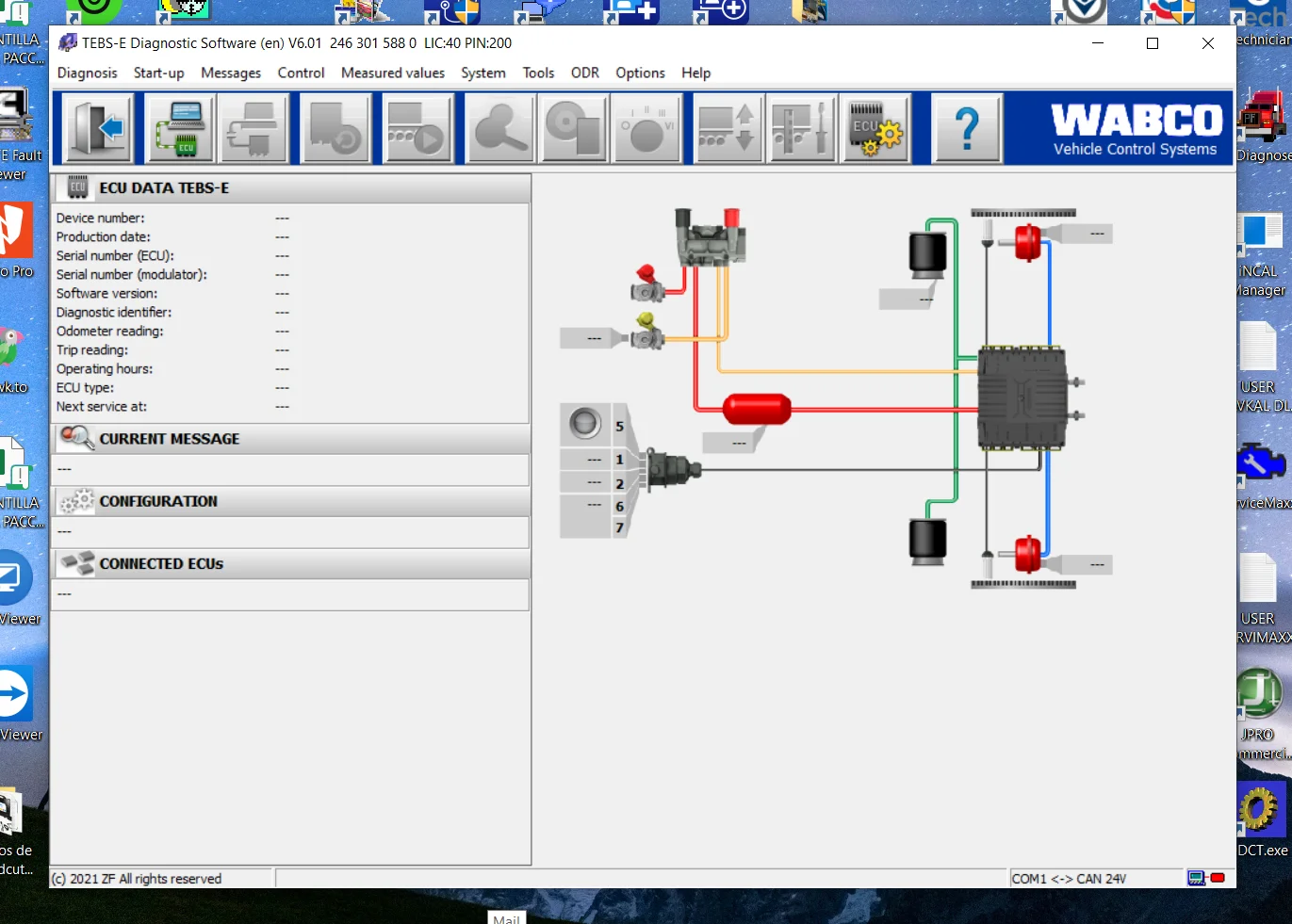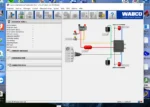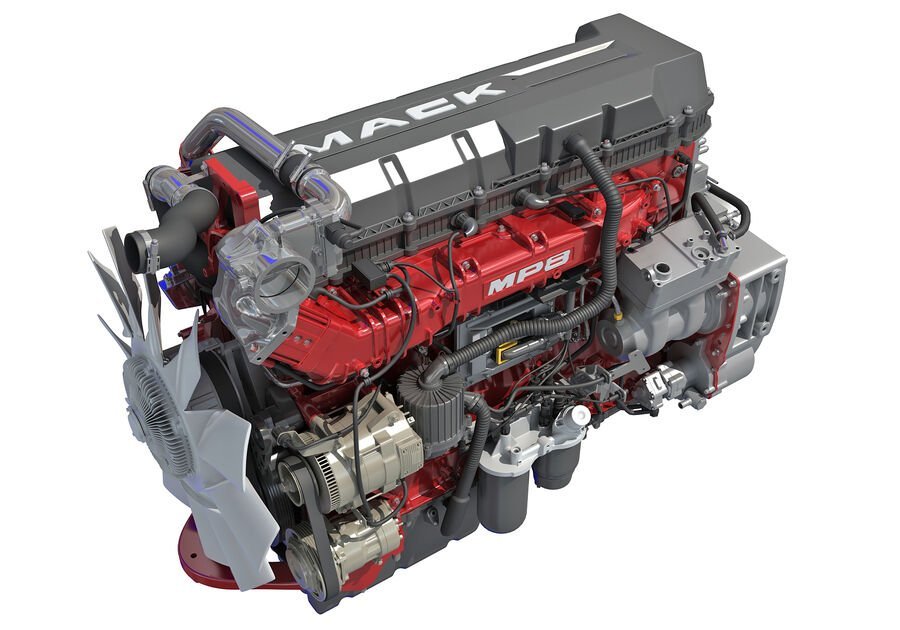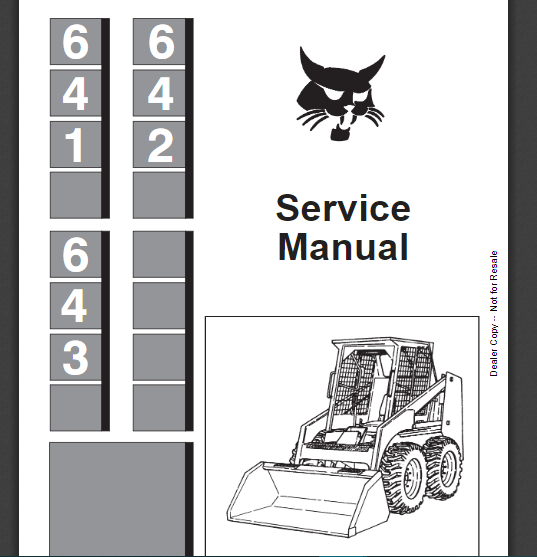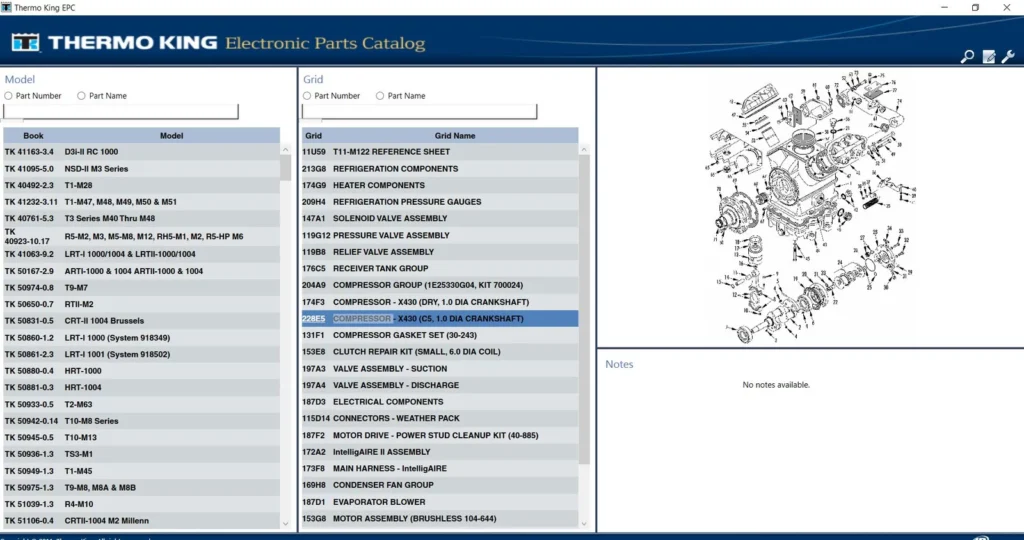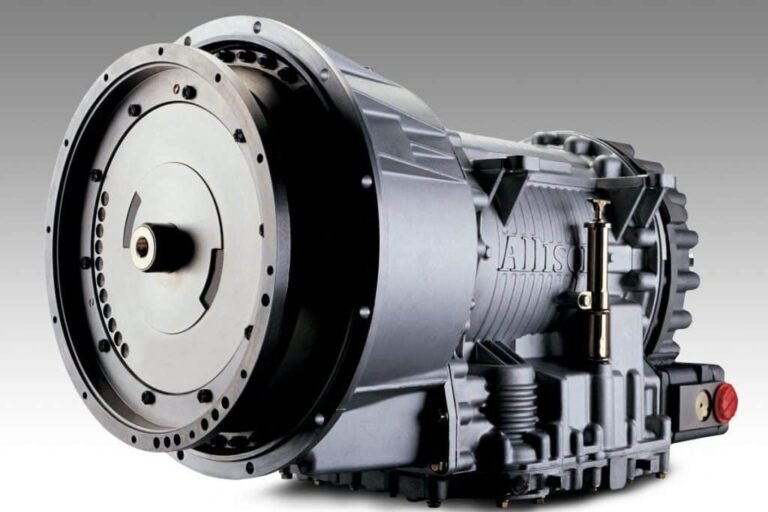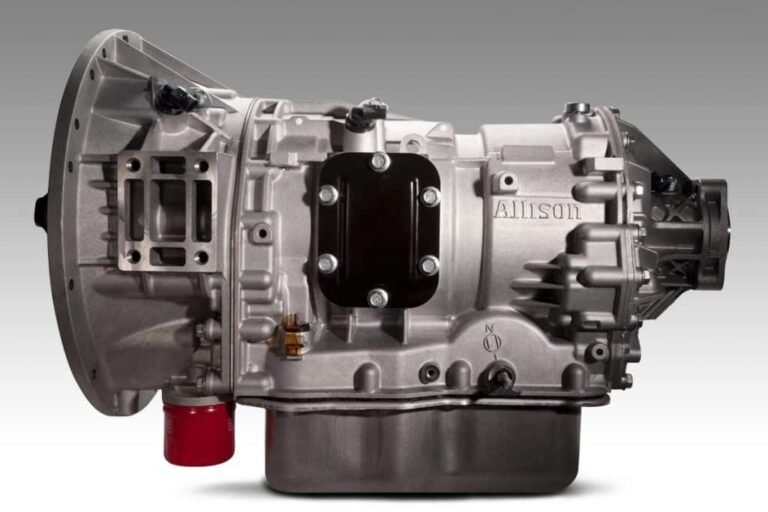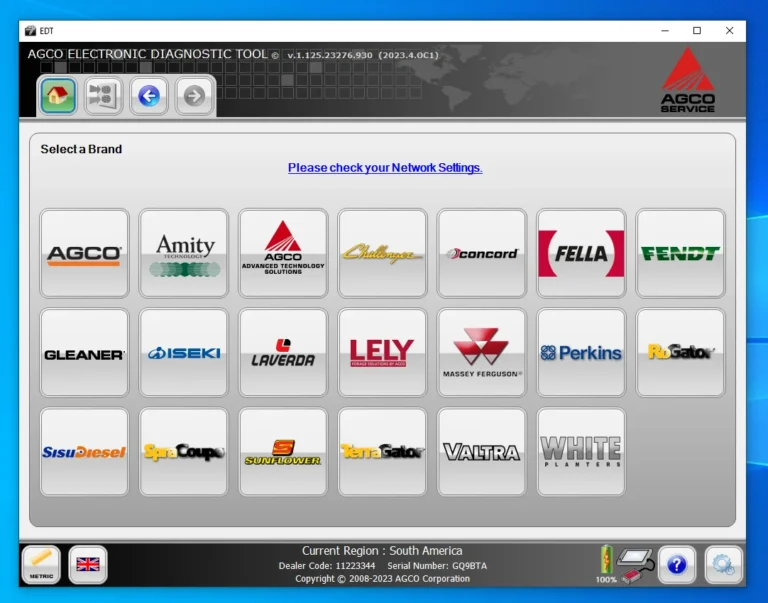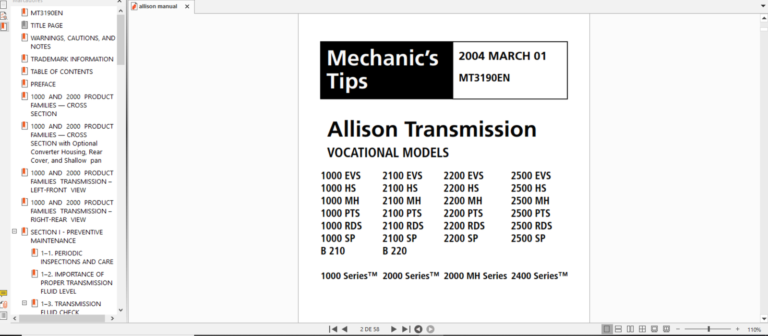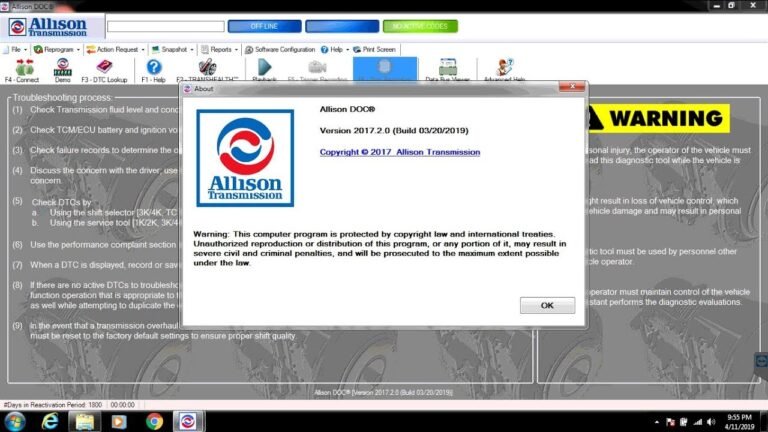Wabco Tebs E 6 01: Revolutionizing Brake Control Systems for Heavy Vehicles
Wabco TEBS-E 6.01 is an advanced electronic brake control system designed for heavy vehicles. It enhances vehicle safety and performance by managing braking and traction effectively. Developed by Wabco, this system incorporates various technologies to optimize braking and improve stability. Its key components work together to ensure efficient operation under different driving conditions.
Table of Contents
ToggleBackground of Wabco and TEBS-E 6.01
The history and development of Wabco and the TEBS-E 6.01 system illustrate the evolution of brake technology for heavy vehicles. This section delves into Wabco’s origins, the advancements that led to TEBS technology, and the contributions of significant industry players like Scania.
History of Wabco
Wabco, established in 1869, has consistently led innovations in brake systems for commercial vehicles. Initially focused on air brake systems, the company expanded its offerings to include various control solutions. This evolution has been driven by a commitment to improving vehicle safety and operational efficiency.
Development of TEBS Technology
The development of TEBS technology marks a significant milestone in braking systems. TEBS, or Trailer Electronic Braking System, was designed to enhance brake performance while ensuring reliability. Over time, the integration of electronic components allowed for more precise control, making braking safer and more efficient in various driving conditions.
Role of Scania in TEBS Systems
Scania, as a prominent manufacturer of commercial vehicles, has played an essential role in the integration of TEBS technology into its trucks and buses. By collaborating with Wabco, Scania has helped to refine the systems, ensuring they meet the rigorous demands of the industry. This partnership has led to the successful deployment of advanced braking systems, enhancing overall road safety and performance.
Key Features of Wabco TEBS-E 6.01
The Wabco TEBS-E 6.01 incorporates several innovative features that set it apart in brake control technology, enhancing both safety and performance in heavy vehicles.
Electronic Brake Management
This system utilizes advanced electronic controls to manage braking functions precisely. The Electronic Control Unit (ECU) continuously analyzes data from various sensors, ensuring optimal brake response under diverse driving conditions. This electronic management allows for rapid adjustments, providing reliable stopping power while reducing the risk of wheel lock-up.
Traction Control System
The traction control system in the TEBS-E 6.01 plays a crucial role in preventing wheel spin during acceleration. By monitoring wheel speeds, it detects any slippage and modulates brake pressure accordingly. This feature is especially beneficial on slippery surfaces, enhancing vehicle stability and driver confidence.
Stability Optimization
Stability optimization is vital for maintaining vehicle control, particularly when carrying heavy loads. The TEBS-E 6.01 achieves this by adjusting brake force between the front and rear axles. This dynamic distribution of braking pressure not only improves overall stability during sudden stops but also minimizes the likelihood of rollover accidents.
Components and Functionality
The Wabco TEBS-E 6.01 comprises a sophisticated arrangement of components designed to work in harmony, ensuring optimal functionality and safety during vehicle operation. Each part plays a pivotal role in enhancing the overall performance of the braking system.
Main Components
The key components of the TEBS-E 6.01 system include the following:
-
ECU (Electronic Control Unit)
The ECU serves as the brain of the braking system. It processes real-time data from various sensors to make instant decisions about brake application and control. This centralized unit allows for quick adjustments to improve braking efficiency.
-
Wheel Speed Sensors
These sensors monitor the rotation speed of each wheel, providing critical information to the ECU. The detection of any discrepancies in wheel speed helps prevent wheel lock-up and enhances traction control.
-
Control Valves
Control valves manage the distribution of air pressure to the brakes based on commands from the ECU. They ensure that brake force is applied appropriately to maintain vehicle stability.
Real-Time Operation
The functionality of the TEBS-E 6.01 is characterized by its ability to operate in real-time, adapting to changing driving conditions and demands.
Data Transmission and Processing
Data from wheel speed sensors is continuously transmitted to the ECU. This allows for rapid processing and immediate response, adjusting braking pressure as needed to optimize performance.
Brake Pressure Adjustment
Upon detecting any potential for wheel slip or instability, the ECU signals the control valves to modify brake pressure. This real-time adjustment ensures maximum grip while preventing over-braking, crucial for maintaining control in various road conditions.
The Wabco TEBS-E 6.01 offers various advantages that significantly enhance vehicle performance and operational efficiency.
Benefits of Using Wabco TEBS-E 6.01
Enhanced Road Safety
One of the primary advantages of the Wabco TEBS-E 6.01 is its remarkable contribution to road safety. The system is designed to minimize the risk of accidents through precise brake control. This is achieved by:
- Preventing wheel lock-up during emergency braking situations.
- Optimizing braking distance, particularly on slippery surfaces.
- Improving vehicle stability and control even under challenging driving conditions.
Fuel Efficiency Improvements
The introduction of the Wabco TEBS-E 6.01 also leads to significant fuel efficiency improvements. Efficient brake management directly influences operational costs.
Reduced Component Wear
By minimizing the stress on mechanical components during braking, the system contributes to prolonged equipment lifespan. This not only lowers maintenance expenses but also reduces the frequency of repairs.
Simplified Maintenance
The maintenance process is streamlined with the integration of Wabco TEBS-E 6.01. This aspect plays a crucial role in reducing downtime and operational disruptions.
Diagnostic Tools
Designed with built-in diagnostic capabilities, the system allows for easy troubleshooting of issues. This facilitates quicker repairs and ensures optimal performance, ultimately enhancing vehicle reliability.
Comparison with Previous Systems
The Wabco TEBS-E 6.01 significantly improves upon prior braking systems, particularly the TEBS-A. These advancements enhance the overall safety and efficiency of heavy vehicles.
Advancements Over TEBS-A
The transition from TEBS-A to TEBS-E 6.01 marks a crucial technological leap for braking systems in commercial vehicles. Key improvements include:
- Increased precision in brake control processes.
- Enhanced operational response times, leading to better accident prevention.
- Integration of electronic systems that improve diagnostics and system monitoring.
Electronic vs. Mechanical Systems
The move from mechanical to electronic brake systems represents a fundamental shift in braking technology. Some advantages of electronic systems include:
- Dynamic Adjustments: Electronic systems can adjust braking force in real-time, optimizing performance based on changing road conditions.
- Reduced Wear: Specialized sensors minimize unnecessary braking, leading to less wear on components and a longer lifespan.
- Improved Data Analysis: Electronic systems provide extensive data for maintenance and performance analysis, enabling proactive solutions for operators.
Industry Implementation and Impact
The adoption of the Wabco TEBS-E 6.01 system has significantly transformed the heavy vehicle industry. Its integration has been driven by various factors that enhance safety and operational efficiency across the transportation sector.
Adoption Drivers
Key factors encouraging the adoption of TEBS-E 6.01 include regulatory compliance and an increased focus on safety standards in the industry.
Compliance with Safety Regulations
As regulations become more stringent, companies are compelled to implement advanced braking technologies. This not only ensures compliance but also promotes safer transportation practices.
Case Studies of Success
Numerous companies have reported substantial improvements in their operations following the implementation of the TEBS-E 6.01 system.
Accident Reduction Statistics
Statistics show that companies utilizing this system experience a marked decrease in accident rates. This underscores the system’s role in enhancing safety margins for fleet operations.
Future Trends in TEBS Technology
The future of TEBS technology seems promising, with ongoing advancements anticipated. Innovations in vehicle automation and communication systems are likely to play a pivotal role in further improving vehicle safety and monitoring systems.



 AGCO
AGCO ALLISON
ALLISON BENDIX
BENDIX BOBCAT
BOBCAT CAT
CAT CLAAS
CLAAS CNH
CNH DAF
DAF DETROIT
DETROIT EATON
EATON FREIGHTLINER
FREIGHTLINER HINO
HINO HITACHI
HITACHI ISUZU
ISUZU JCB
JCB JOHN DEERE
JOHN DEERE JPROZZ
JPROZZ MAGIC TUNER
MAGIC TUNER MAN
MAN Navistar
Navistar PACCAR
PACCAR PERKINS
PERKINS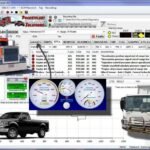 PF DIAGNOSE
PF DIAGNOSE PSI POWERLINK
PSI POWERLINK RENAULT
RENAULT SCANIA
SCANIA THERMO KING
THERMO KING UD NISSAN
UD NISSAN VOLVO
VOLVO WABCO
WABCO ZF TESTMAN
ZF TESTMAN
 BELL
BELL BENDIX
BENDIX BOBCAT
BOBCAT CARRIE
CARRIE DAF
DAF DETROIT
DETROIT EATON
EATON FUSO
FUSO MACK
MACK
 Cumminz
Cumminz ISB4.5 CM2150
ISB4.5 CM2150 All Engines (2017 Emissions)
All Engines (2017 Emissions) PACCAR
PACCAR